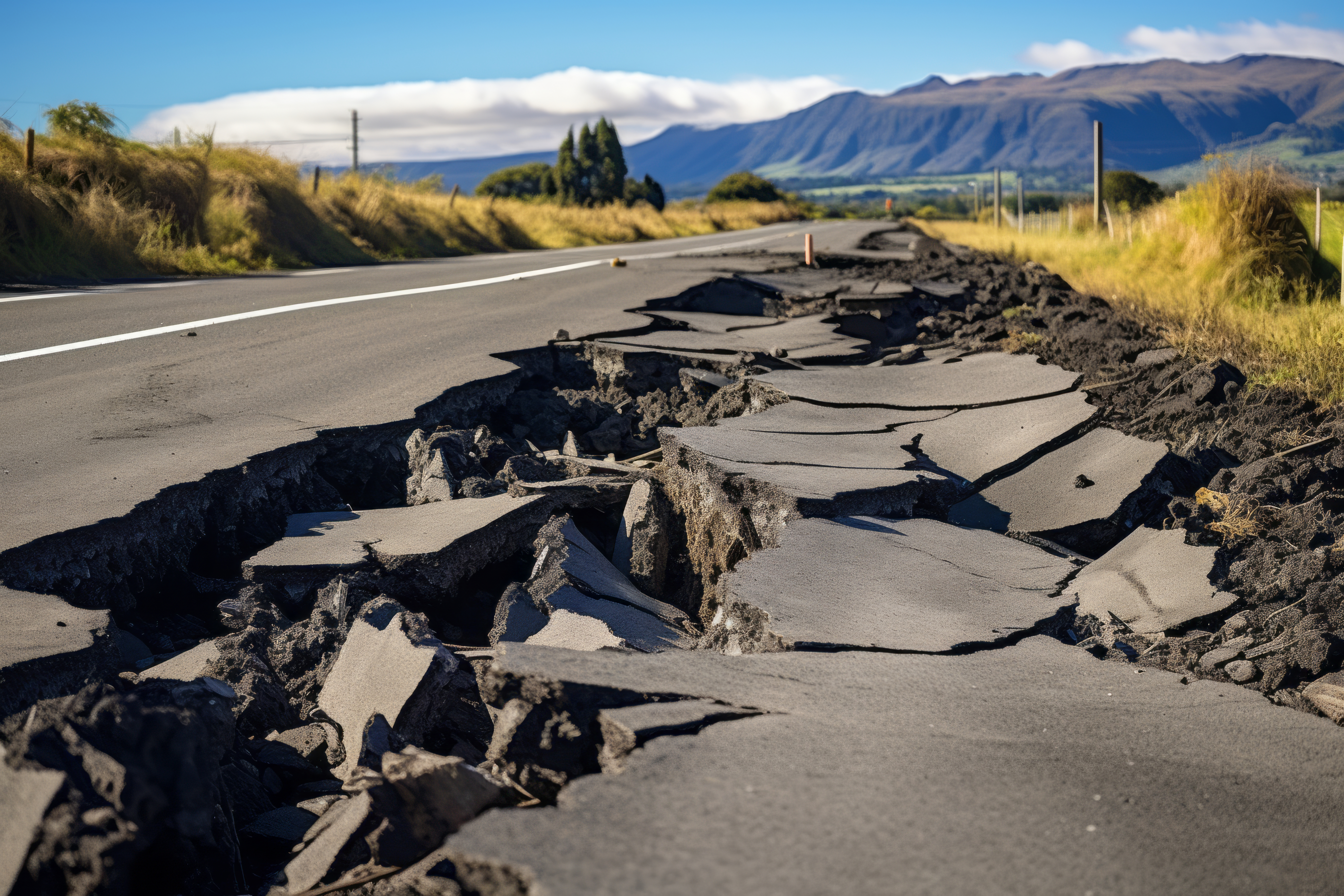
Landslides are a critical geohazard in Rwanda’s mountainous regions, especially along key transport corridors where slope failures threaten land transport infrastructure, public safety, and economic development. A notable case occurred on May 6, 2018, along the Muhanga–Karongi road (PK 49) in Rutsiro District injured eight people, displaced 40 residents, and disrupted road operations. This study aimed to identify the geotechnical, environmental, and human-induced causes of the failure and recommend effective stabilization measures. A mixed-method approach was employed, including field reconnaissance, soil sampling and laboratory testing, rainfall data analysis, and expert interviews. Results showed that the slope material consisted of over 70% fines, predominantly silty sand, with low cohesion (3.2–4.2 kPa), friction angles between 24.7° and 27.0°, and unit weights ranging from 16.2 to 16.5 kN/m³. The natural slope angle (40°–46°) exceeded the soil’s shear resistance, yielding a factor of safety below 1.0. Rainfall data recorded 430.2 mm in April 2018 shortly before the slope failure, intensifying pore pressure and reducing effective stress, while slope cutting further destabilized the site. The study concludes that slope failure resulted from the interplay of saturated silty soils, steep terrain, and construction-related disturbances. Recommended interventions include slope regrading to 2.2H:1V, gabion wall construction with geotextiles, surface drainage installation, and re-vegetation. To enhance long-term resilience, national road agencies should institutionalize mandatory geotechnical investigations and slope stabilization protocols in high-risk areas.



